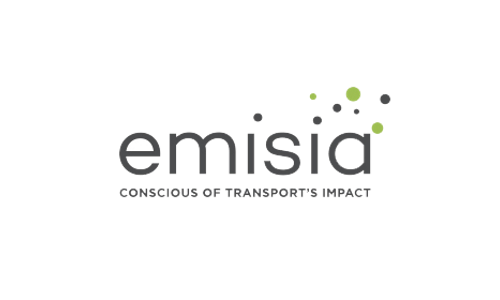
Across Europe, cities seek solutions to cut air pollution, with traffic management a key challenge. Poor air quality causes ~300,000 premature deaths annually in the EU, making reliable and accurate data essential. In 2024, the EU agreed on stricter air quality limits, reducing annual PM2.5 from 25 to 10 µg/m³ and NO2 from 40 to 20 µg/m³ by 2030, with the aim of eliminating pollution by 2050. BOSCH supports this with smart sensors enabling Environmental Sensitive Traffic Management. By fusing and interpreting multiple signals, these sensors provide precise, trustworthy data to guide effective measures that cut emissions from traffic.
In SmartSense, a system for monitoring and modelling urban air quality was deployed in Thessaloniki to support environmentally sensitive traffic management. BOSCH combines smart sensors with emission and dispersion modelling to generate reliable environmental data for adaptive traffic control. By integrating and processing multiple signals, the system provides accurate insights to design targeted measures, reducing pollution and supporting cleaner, healthier urban mobility.
Technologies used
MobiSpaces delivers an end-to-end mobility-aware and mobility optimised Data Governance Platform. It is surrounded by a Green & Environmental Dimensioning Workbench for the monitoring and advising of the processing behaviour, making suren guidelines and legislations are complied with towards minimising the environmental footprint. MobiSpaces envisions a set of toolboxes, suites, and tools that implement the MobiSpaces concept in its use case, see them showcased below.

Decentralized Data Management

Online Data Aggregator

XAI Prediction Modelling

Edge-driven Federated Learning

Visual Analytics
What has MobiSpaces improved?
Performance in re-scheduling the service to peak period has been improved in the following Key Performance Indicators:
10 %
Emission reduction thorough traffic management system and air quality dispersion calculation through accurate input values (target: 10% emission reduction, baseline: locally measured data)
Identification of A/Q hotspots (target: increase in recorded hotspots by means of A/Q monitoring using sensors, baseline: currently monitored and recorded data)
More effective incorporation of environmental aspects by strategic traffic planners (target: use of A/Q data for traffic decision-making)


